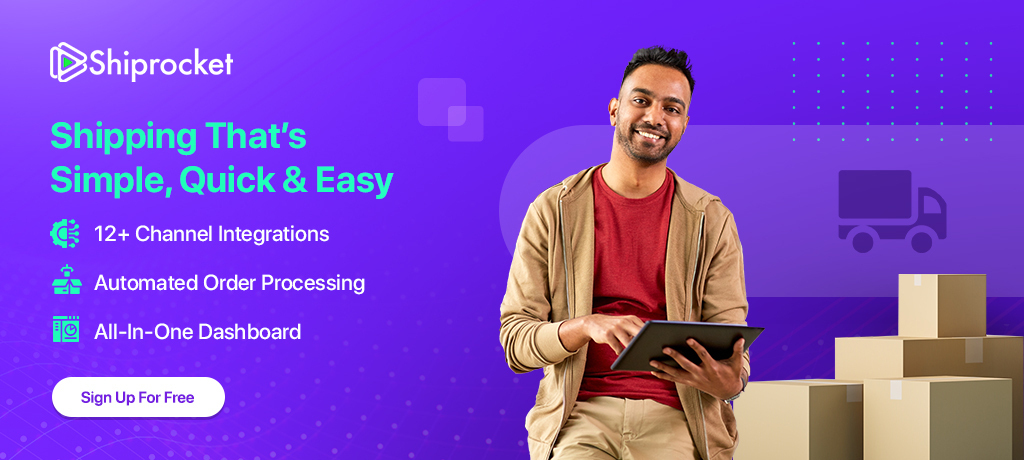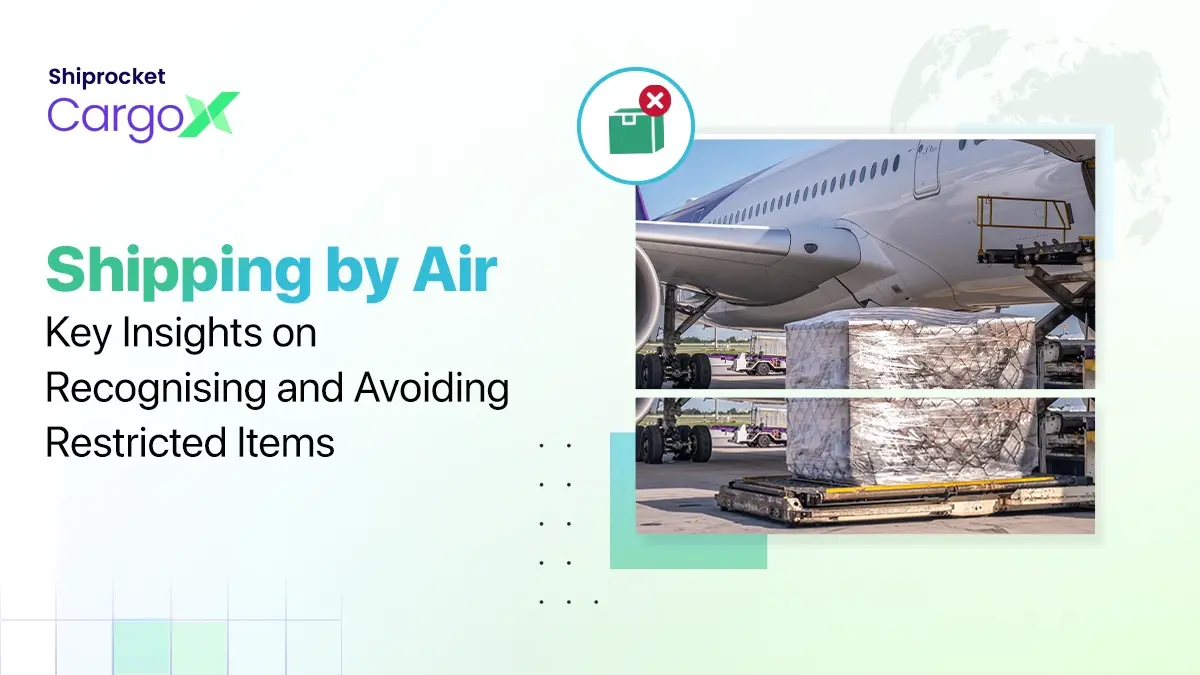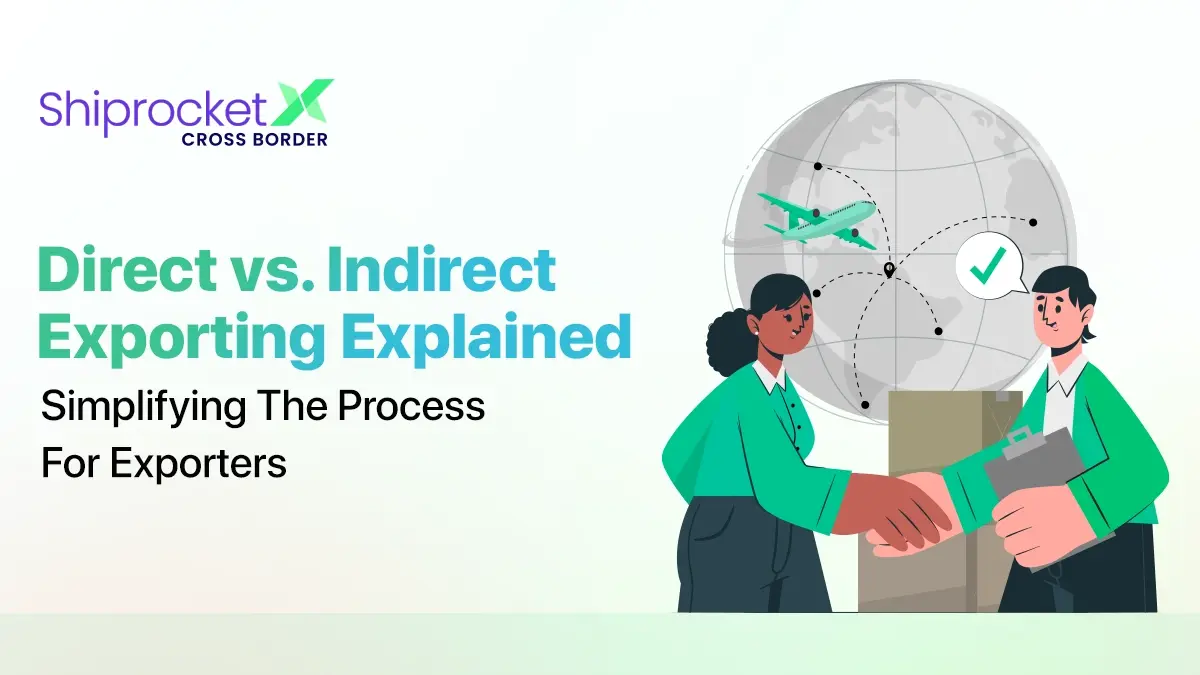7 Proven Ways to Shift from Traditional Retailing to Omnichannel Retailing
eCommerce has seen a tremendous shift from traditional shopping patterns to more advanced and personalized approaches during the past 10 years Today, your customers don’t stick to just one platform for shopping for their products. They have various devices through which they carry out eCommerce shopping, and more often than not, their browsing screen and purchase screen are different. How do you tackle this situation where diverse technology dictates purchase decisions? That is precisely what we will discuss in this blog.
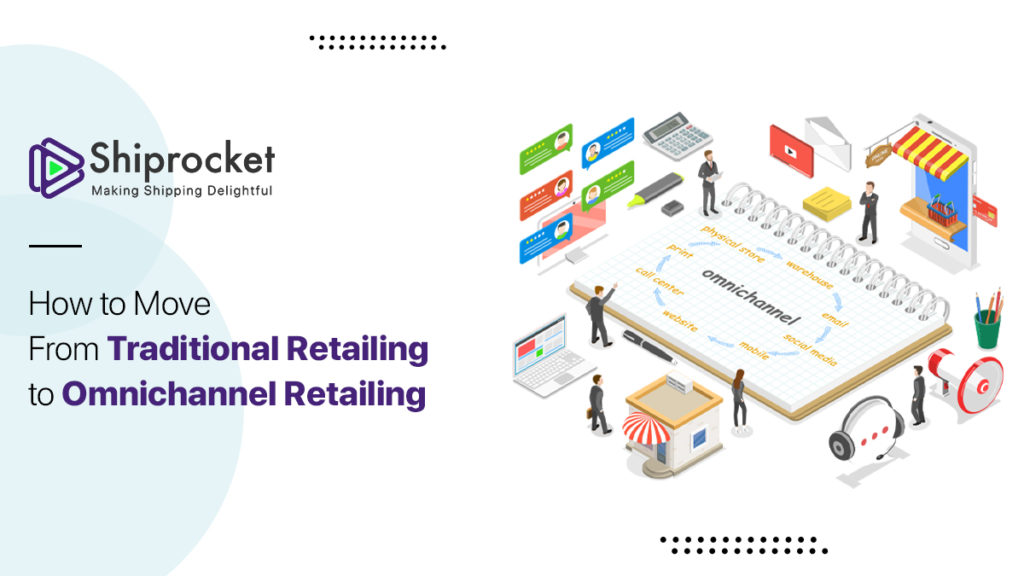
What does Traditional Retailing Include?
Till some time back, when eCommerce was not as widespread and advanced like it is today, there used to be just one window for buyers. Sellers would either sell through their website or their brick and mortar store. This also persists today. Also, if your buyer is shopping online, there is no guarantee that the same products will be available in the brick & mortar store.
It is almost like the buyer is shopping at two different stores. But now, the process has changed considerably, and most sellers are trying to give their customers a consistent experience across varied channels. This is called Omnichannel Retailing.
What is Omnichannel Retailing?
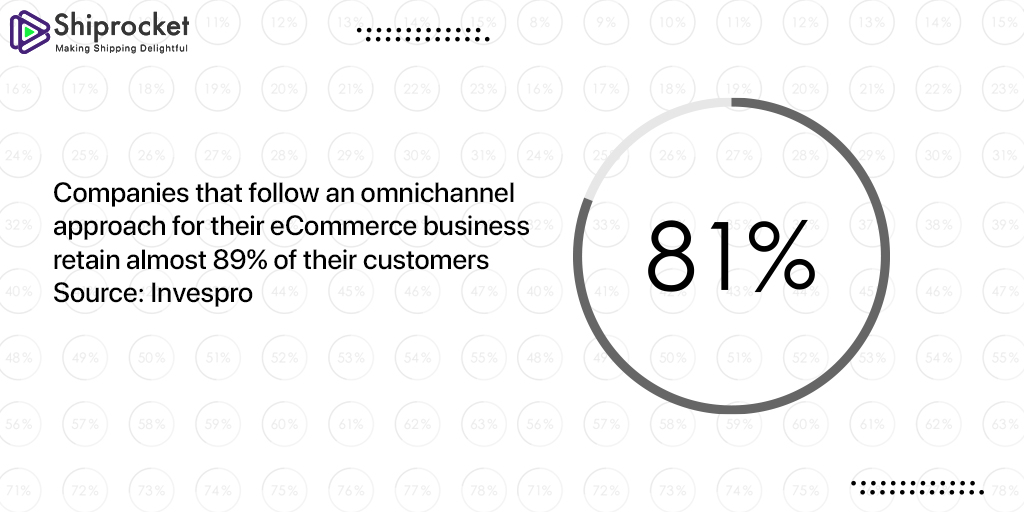
Omnichannel Retail is a modern-day eCommerce approach that includes selling across multiple online and offline platforms. It involves selling on websites, marketplaces, social media, brick and mortar stores, and mobile applications.
The critical element of omnichannel retail is a shared cloud management system for managing inventory and shipping across all channels. This helps sellers to keep track of incoming and outgoing orders from all channels, and you can provide your buyers with a uniform shopping experience across all platforms.
A report by invespcro suggests that companies that follow an omnichannel approach for their eCommerce business retain almost 89% of their customers. This proves that you can grow your eCommerce business with a proactive approach toward reaching all platforms.
How can you Switch to an Omnichannel Retail Strategy?
Omnichannel retail is a diverse subject, and if you want to implement this into your system successfully, you must go step-by-step. Diving into all platforms at once might be a bad idea as you will not be able to market the products appropriately on all channels.
If you have a brick and mortar store, here is how you can begin –
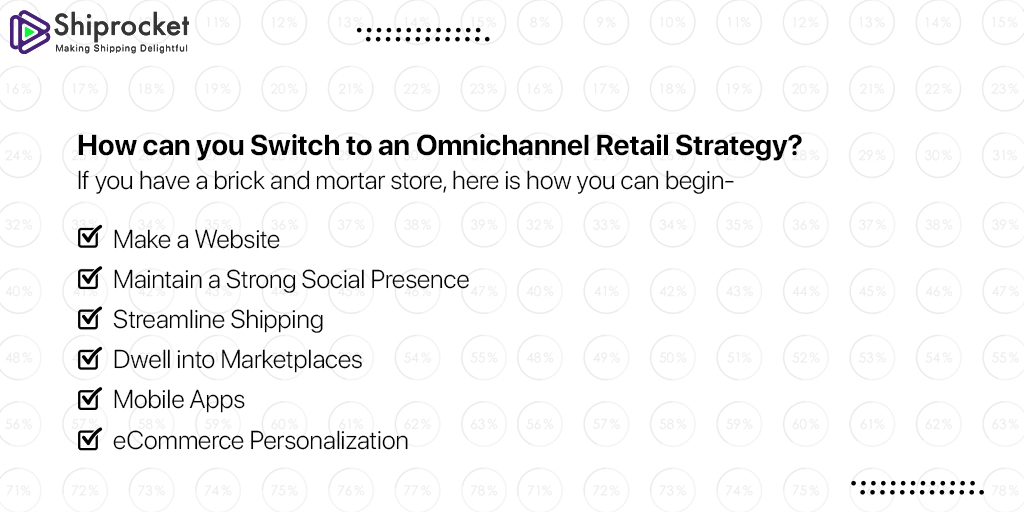
Make a Website
First, head to Shiprocket Social, Shopify, Bigcommerce, or a similar website builder to develop a website for your store. This will help you establish a robust online presence and also provide you with a digital storefront. List all your products on your website and make sure the inventory is standard for offline as well as an online store.
Synchronize the Online and Offline Store
Once your website is live and running, start displaying this message in your brick and mortar store –
If you can’t find the size here, order it online from our website.
With this message, you are promoting your buyer not to look for the product anywhere else. Instead, they will look for the size online and order it there and then. Also, you write a similar message on your website, asking the user to try the product from your store and then buy it if they are doubtful.
Maintain a Strong Social Presence
While you synchronize your online and offline store, begin curating a social media strategy for your brand. Start talking about your product, list the benefits, write about the solutions you offer, and also interact with the buyers. Furthermore, upload your inventory on your Facebook shop and start using Instagram shopping tags and Facebook for selling your product.
Streamline Shipping
Without the correct delivery, all of your efforts are in vain. Hence, choose a shipping solution to import all orders in one place and manage inventory effectively. This way, you can quickly ship all your incoming orders from all channels and also avoid confusion when too many orders pour in. Provided your business growth, if you have warehouses in various parts of the country, you can schedule pickups from anywhere with multiple pickup locations. Also, shipping with 17+ courier partners will be a win-win situation as you can deliver sooner.
Dwell into Marketplaces
Once you set up these necessities, you can begin selling your products on marketplaces like Amazon and Flipkart. These websites have a large user base that you can use for your benefit. Set up a store and market your products using services like Amazon sponsored ads. Today, people use Amazon like a search engine rather than a marketplace. So, if your products are visible there, you can quickly sell in large numbers successfully.
Mobile Apps For The Win!
Closely monitor your customers and see where they shop the most. Is it via their mobile or through their desktop? If it is mobile, you must up your mobile commerce game. In that case, develop mobile apps to make your store more accessible to your customers. You will be able to reach them sooner and also provide them with customized offers.
eCommerce Personalization
Always ensure that your customer’s experience is personalized, and they do not face any obstacles in their journey. You can provide eCommerce personalization in the form of recommendations, personalized offers, etc. These initiatives will help you in actively engaging with your customers and also prompts them to purchase from your store.
Tips To Market Your Store on Various Platforms
Promoting your products via billboards, leaflets and posters would have been the most suitable approach if you were selling through a brick and mortar store. But once you expand to the digital platform, you unlock various opportunities for promotion. Here is a list of the few initiatives that you can take to promote your store –
Emails
Emails are a great way to reach your target audience. You can segment your audience based on their shopping journey and send them emails about your products, new launches, updates, etc. You can send exclusive offers to the customers who have already purchased from your store, so that they return to your store and make a purchase.
Social Media
Social media is one of the most reliable marketing tools available today. You can use it to engage with customers actively and understand them better. Most customers reach out to companies via a social platform. You can use these queries to learn about the user’s requirements and market your products accordingly.
Paid Ads
Paid ads include advertising platforms such as Google ads, Facebook ads, tik-tok ads, Instagram ads, LinkedIn ads, etc. You can run campaigns in the form of videos, display banners, textual ads, and promote your brand among the extensive following on these platforms. Text you lads and promote your brand among the vast audience on these platforms.
Influencers
In today’s age, influencers are the new celebrities. Influencers are people with a large following on social media. Today even influencers with an audience of around 1000 to 5000 people are suitable for your product. Since authentic sells, people prefer following their reviews and usually go for products recommended by influencers. Therefore it is a good idea to reach out to such influencers and collaborate with them to promote your product.
Affiliate Marketing
The affiliate marketing model has been a common one for a long time now. Under this, you can ask an individual to promote your product among their followers, and you can pay them a small portion in every sale. This is a commission-based model that can help you reach out quickly.
Final Thoughts
Omnichannel eCommerce is the up-and-coming trend. There is no better time to upgrade your business and switch to selling on various platforms with the standard interface. Good luck with starting this venture!


